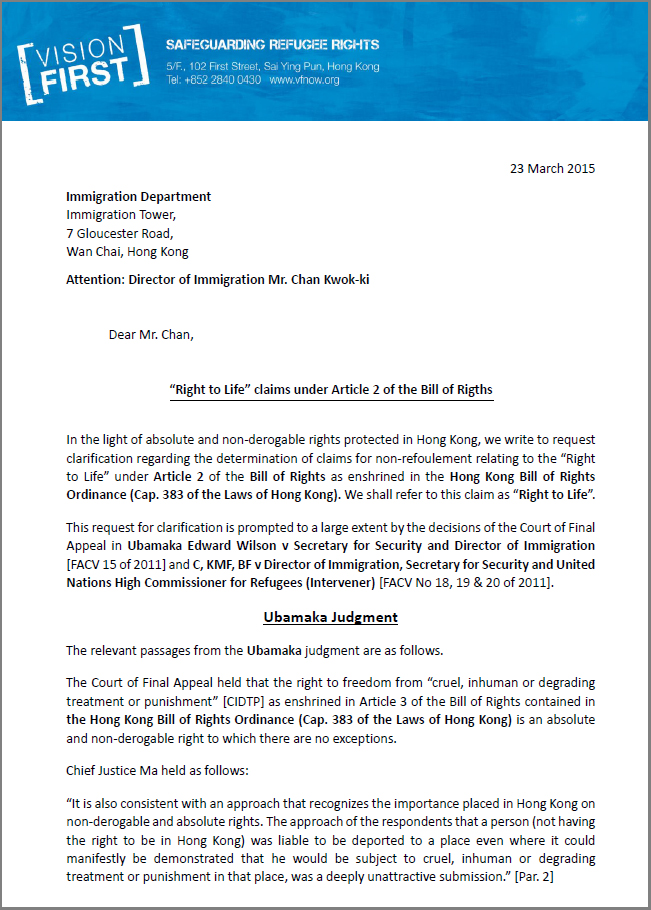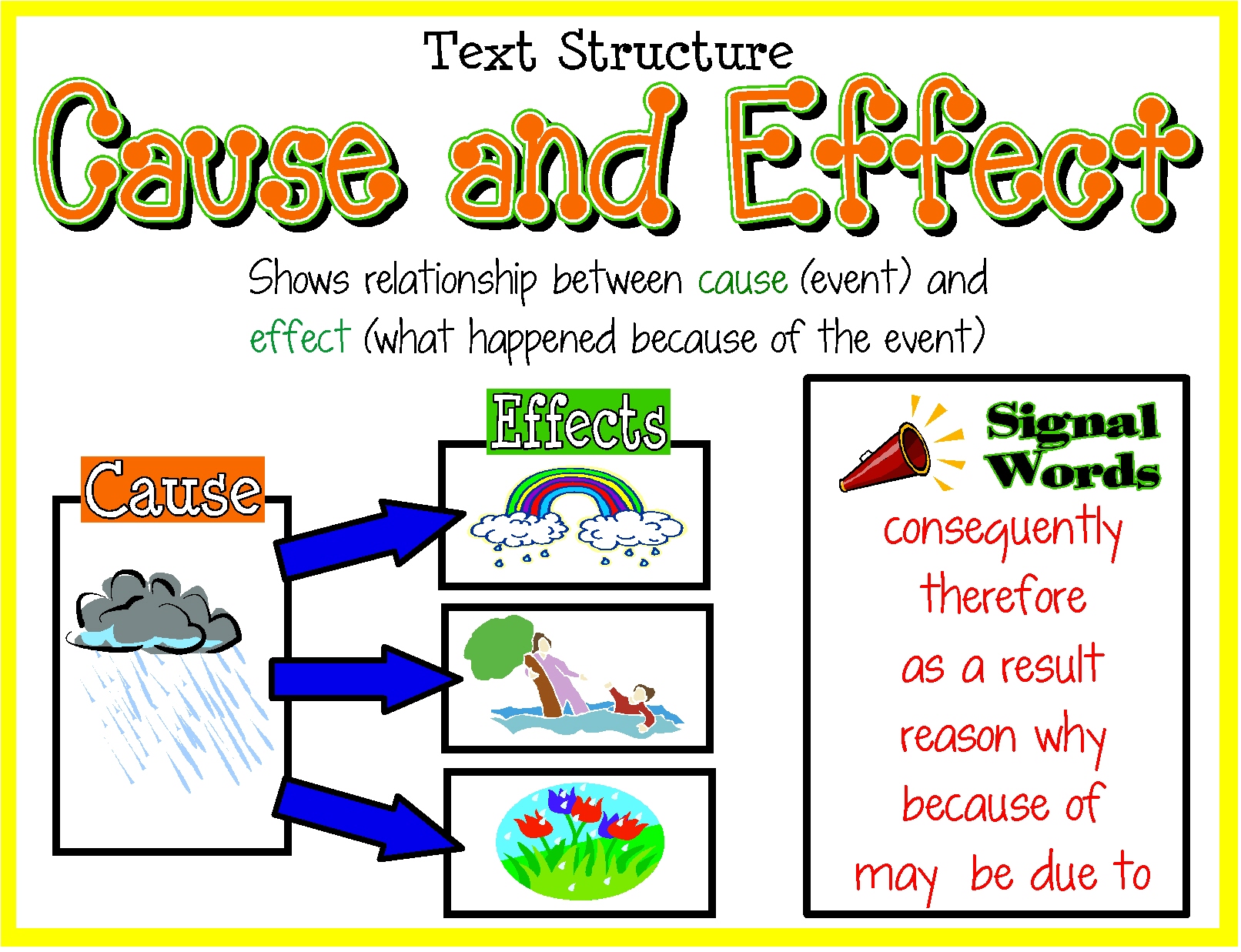Electromagnetic Radiation and Amplitude Modulation Essay.
Amplitude modulation or AM as it is often called, is a form of modulation used for radio transmissions for broadcasting and two way radio communication applications. Although one of the earliest used forms of modulation it is still in widespread use today. The first amplitude modulated signal was transmitted in 1901 by a Canadian engineer named Reginald Fessenden.
Amplitude modulation or AM as it is often called, is a form of modulation used for radio transmissions for broadcasting and two way radio communication applications. Although one of the earliest used forms of modulation it is still in widespread use today. The first amplitude modulated signal was.

It could be the transfer of an analog source signal, using an analog modulation method such as Frequency modulation (FM) or Amplitude modulation (AM), or no modulation at all. Digital Transmission - is the physical transfer of data (a digital bit stream) over a point-to-point or point-to-multipoint communication channel. Examples of such.

The basic theory and equations behind amplitude modulation are relatively straightforward and can be handled using straightforward trigonometric calculations and manipulation. Essentially an amplitude modulated wave consists of a radio frequency carrier - a sine wave at one frequency, typically in the radio frequency portion of the spectrum.

Amplitude modulation is a process by which the wave signal is transmitted by modulating the amplitude of the signal. It is often called as AM and is commonly used in transmitting a piece of information through a radio carrier wave. Amplitude modulation is mostly used in the form of electronic communication. Currently, this technique is used in.

What is amplitude modulation? In order that a radio signal can carry audio or other information for broadcasting or for two way radio communication, it must be modulated or changed in some way. Although there are a number of ways in which a radio signal may be modulated, one of the easiest is to change its amplitude in line with variations of.

What is Amplitude Modulation? The amplitude modulation definition is, an amplitude of the carrier signal is proportional to (in accordance with) the amplitude of the input modulating signal. In AM, there is a modulating signal. This is also called an input signal or baseband signal (Speech for example). This is a low-frequency signal as we have.

For a perfect modulation, the value of modulation index should be 1, which implies the percentage of modulation should be 100%. For instance, if this value is less than 1, i.e., the modulation index is 0.5, then the modulated output would look like the following figure. It is called as Under-modulation.

Amplitude modulation (AM) is a method of impressing data onto an alternating-current ( AC) carrier waveform .The highest frequency of the modulating data is normally less than 10 percent of the carrier frequency.The instantaneous amplitude (overall signal power) varies depending on the instantaneous amplitude of the modulating data.

So this form of Amplitude Modulation offers a way to create complex non-harmonic timbres that change pitch normally as you play up and down the keyboard. To put it in a Synth Secrets sort of way: Amplitude Modulation is a powerful tool that allows you to create and play new sounds that you cannot obtain using conventional oscillators alone.

Amplitude modulation (AM) communication systems arose from the need to send an acoustic signal, the “message,” over the airwaves using a reasonably sized antenna to radiate it. The size of the antenna depends inversely on the frequencies present in the message, and voice and music have relatively low frequencies. A voice signal typically has frequencies in the range of 100 Hz to about 5.

The concepts of Amplitude Modulation, Modulation and Demodulation, along with their differences is explained below. To involve data information or speech information, another wave has to be imposed known as input signal above the carrier wave. This process of imposing an input signal on a carrier wave is known as modulation. Put differently.

By imposing the lower frequency information signal on the carrier, the amplitude of the resulting compound signal is made to vary in the form of information signal. Part (c) of the Figure shows the resulting modulated signal. Songs transmitted via Akashvani on medium wave and short wave in India are examples of amplitude modulation.



